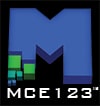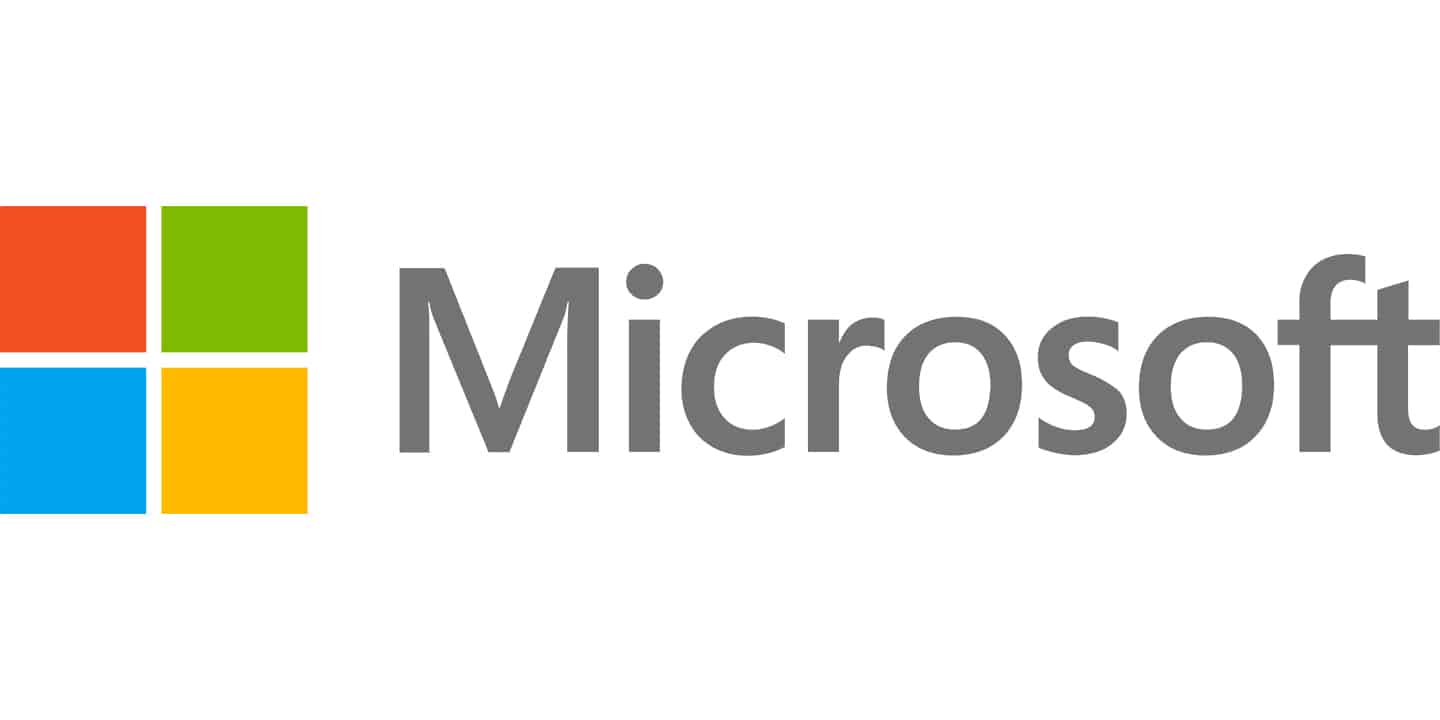This organizational concept pertains to a standardization board that applies regulatory oversight in the field of brain to computer interface technologies, to ensure they are developed properly, with the widest possible number of beneficial features, while ensuring securities over the industry to also ensure that brain to computer interface technologies are not misused, including by the industry. This standardization board would provide recommendations to the U.S. Congress, for example with a brain to computer interface privacy organization, to ensure that privacy is upheld for Americans that use brain to computer interface technologies, to ensure that their data of their thoughts is theirs, alone, and that their data is private. The standardization board will ensure that brain to computer interface technologies, like the brain, while extremely complicated, are fully understood by electronic hardware engineers and manufacturers, to ensure that the technologies are built properly, and also to ensure there are no defects with the technologies that could lead to errors or misuse or use under the misuse clause in the way the primary active security technologies pertaining to brain to computer interfaces work or operate. There would be a standard file format set by this standardization board, in addition to standardized ways that the software should work, in addition to security technologies that are free to work with their source code in the industry, in addition to information to help consumers choose the right type of brain to computer interface technologies. This board would also recommend regulations to the Federal Communications Commission (FCC), which would study the use cases for various brain to computer interface technologies, such as satellite-based or ground-based or headset-based BCI technologies. The standardization board also provides guidelines, including to The Motion Picture Association, and to the U.S. Congress, to limit obscurity or obscene uses of brain to computer interface technologies, to ensure that consumers are not damaged by the technologies, and to ensure that the usage or utilization of the technologies is beneficial to consumers, as well, always.
- Patrick R. McElhiney
- Congress (C)

















